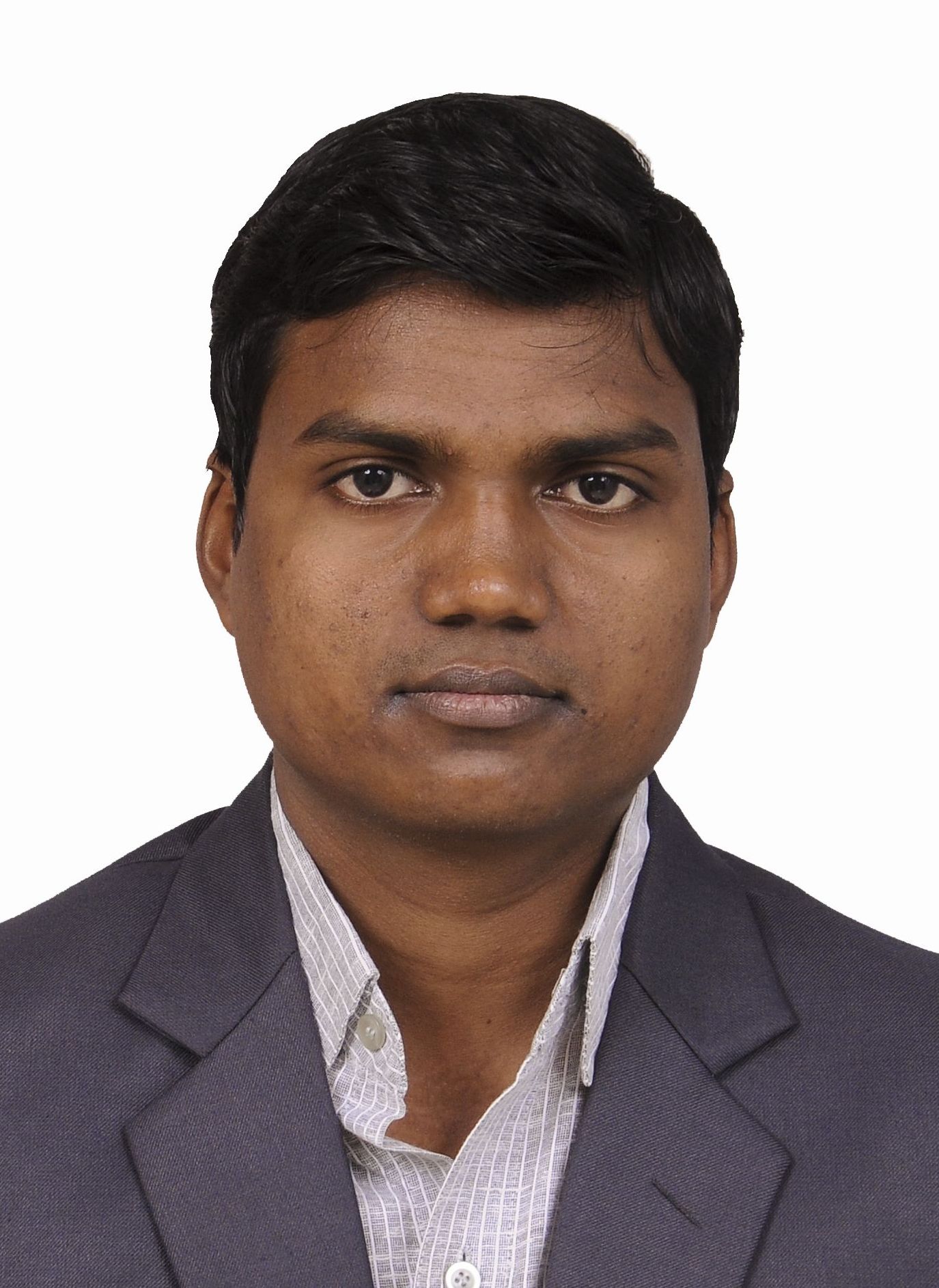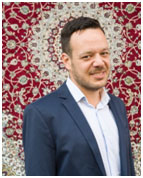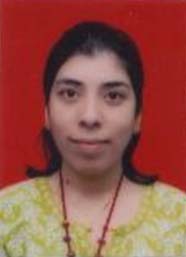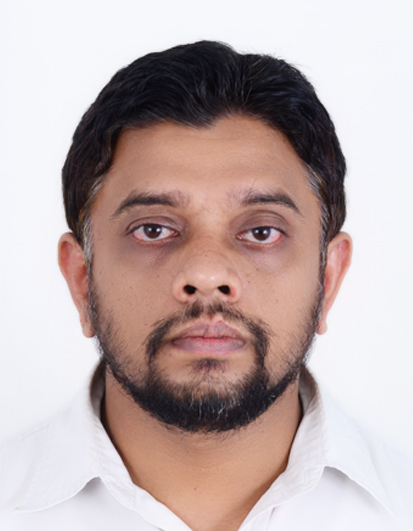|
1.
Banerjee, Paula,
Sabyasachi Basu Ray Chaudhury and Samir Das, Internal
Displacement in South Asia, (New Delhi: Sage Publications, 2005)
chapter 9

2.
Banerjee, Paula,
"Refugee Women and the Fundamental Inadequacies in Institutional
Responses in South Asia", in Joshva Raja (ed), Refugees and their
Right to Communicate: South Asian Perspectives, (London: World
Association of Christian Communication, 2003)
3.
Benjamin, Judy A., “The Gender Dimension of Internal Displacement”,
UNICEF, New York, 1998

4.
Bhagat, Ali, “Forced
(Queer) Migration and everyday violence: The geographies of life,
death and access in Cape Town”, Geoforum, 2017, pp 1-8

5.
Butalia, Urvashi, The Other Side of Silence: Voices from the
Partition of India (India: Penguin, 1998)

6.
CEDAW
7.
Chimni, B.S. International
Refugee Law – A Reader (New Delhi: Sage, 2003), section 1
8.
Fidian-Qasmiyeh, Elena,
“Gender and Forced Migration”, The Oxford Handbook of Refugee and
Forced Migration Studies, August 2014, pp 1-10

9.
Hans,
Asha, “Internally Displaced Women from Kashmir: The Role of UNHCR”,
SARWATCH, Volume 2 (1), 2000, pp 20-32

10.
Hollenbach, David,
“Religion and Forced Migration”, The Oxford Handbook of Refugee
and Forced Migration Studies, August 2014, pp 1-10

11.
“International
Migration, Racism, Discrimination and Xenophobia,” ILO, IOM, OHCHR
and UNHCR, August 2001

12.
Luibhéid, Eithne,
“Queer/Migration: An Unruly Body of Scholarship”, GLQ: A Journal
of Lesbian and Gay Studies, Volume 14 (2-3), 2008, pp 169-190

13.
McDonald, Susan, “Not in the Numbers, Domestic Violence and
Immigrant Women”, Canadian Woman Studies, Volume 19 (3),
1999, pp 163 - 167

14.
McGhee, Derek, “Queer Strangers: Lesbian and Gay Refugees”, in
Exile and Asylum: Women Seeking Refuge in 'Fortress Europe'
Feminist Review, No. 73, 2003, pp. 145-147
15.
Menon, Ritu and Kamla
Bhasin, Borders and Boundaries: Women in India’s Partition,
(Rutgers University Press, 1998) chapter 3
16.
Pickering, Sharon,
Women, Borders and Violence: Current Issues in Asylum, Forced
Migration, and Trafficking, (New York: Springer, 2011)

17.
Pittaway, Eileen, and
Linda Bartolomei, “Refugees, Race and Gender: The Multiple
Discrimination against Refugee Women”, Refuge, Volume 19 (6),
pp 21-32

18.
Samaddar, Ranabir,
The Marginal Nation (Sage Publications, 1999), chapter 12
19.
Samaddar, Ranabir,
(ed.), Refugees and the State (London: Sage Publications,
2003), chapter 9

20.
Saunders, Jennifer B.,
Elena Fidian-Qasmiyeh and Susannah Snyder, Intersections of
Religion and Migration: Issues at the Global Crossroads, (New
York: Palgrave-Macmillan, 2016)

21.
Schmiedel, Ulrich, and
Graeme Smith (eds.), Religion in the European Refugee Crisis,
(Cham: Palgrave-Macmillan, 2018)

22.
Shipper, Appichai W., “Politics of Citizenship
and Transnational Gendered Migration in East and Southeast Asia”,
Pacific Affairs, Volume 83 (1), 2010, pp 11-29

23.
Silverstein, Paul A.,
“Immigrant Racialization and the New Savage Slot: Race, Migration,
and Immigration in the New Europe”, Annual Review of Anthropology,
Volume 34, 2005, pp 363-84

24.
UNHCR Policy on Refugee
Women, 1990

25.
Waters, Mary C., and
Carl Eschbach, “Immigration and Ethnic and Racial Inequality in the
United States”, Annual Review of Sociology, Volume 21, 1995,
pp 419-446

26.
Zaman, Tahir, Islamic
Traditions of Refuge in the Crises of Iraq and Syria,
(Basingstoke: Palgrave-Macmillan, 2016) 
Refugee Watch
27.
Basu Roy, Arpita, “Afghan
Women In Iran”, Refugee Watch, June 2000

28.
Ivekovic, Rada, “Between Myth & Reality”,
Refugee Watch, No. 10 & 11, July 2000.

29.
Kate
de Rivero, "War and Its Impact on Women in
Sri Lanka", Refugee Watch,
No. 10 & 11, July 2000 
30.
Jagat
Acharya, "Refugee Women of Bhutan",
Refugee Watch, No. 10 & 11, July
2000

31.
Soma
Ghosal, "Rohingya Women – Stateless and
Oppressed in Burma", Refugee Watch,
No. 10 & 11, July 2000 
32.
Mekondjo Kaapanda and Sherene Fenn, "Dislocated
Subjects : The Story of Refugee Women",
Refugee Watch, No. 10 & 11, July 2000 
33.
"Dislocating
Women and Making the Nation", Refugee
Watch, No. 17, December 2002
International Migration Review
34.
Abu-Salieh, Sami A.
Aldeeb, “The Islamic Conception of Migration,” International
Migration Review, Volume 30 (1), 1996, pp 37-57

35.
Drew, Christiansen,
“Movement, Asylum, Borders: Christian Perspectives,”
International Migration Review, Volume 30 (1), 1996, pp 7-17

36.
Hagan, Jacqueline and
Helen Rose Ebaugh, “Calling Upon the Sacred: Migrants’ use of
Religion in the Migration Process,” International Migration
Review, Volume 37(4), 2003, pp 1145-1162 
37.
He, Canfei and Patricia
Gober, “Gendering Inter-Provincial Migration in China,”
International Migration Review, Volume 37(4), 2003, pp 1120-1251 
38.
Hirschman, Charles,
“Role of Religion in the Origins and Adaptation of Immigrant Groups
in the United States,” International Migration Review, Volume
38 (2), 2004 
39.
Itzigsohn, Jose and
Silvia Giorguli-Saucedo, “Incorporation, Transnationalism and
Gender: Immigrant Incorporation and Transnational Participation as
Gendered Process,” International Migration Review, Volume 39
(4), 2005, pp 895-920 
40.
Jones-Correa, Michael,
“Different Paths: Gender, Immigration and Political Participation,”
International Migration Review, Volume 32(2), 1998, pp
326-349 
41.
Kofman, Eleanore, “
Female ‘Birds of Passage’ a Decade Later: Gender and Immigration in
the European Union,” International Migration Review, Volume
33(2), 1999, pp 269-300

42. Plaut, W. Gunther, “Jewish
Ethics and International Migrations,” International Migration
Review, Volume 30(1), 1996, pp 18-26
 |



